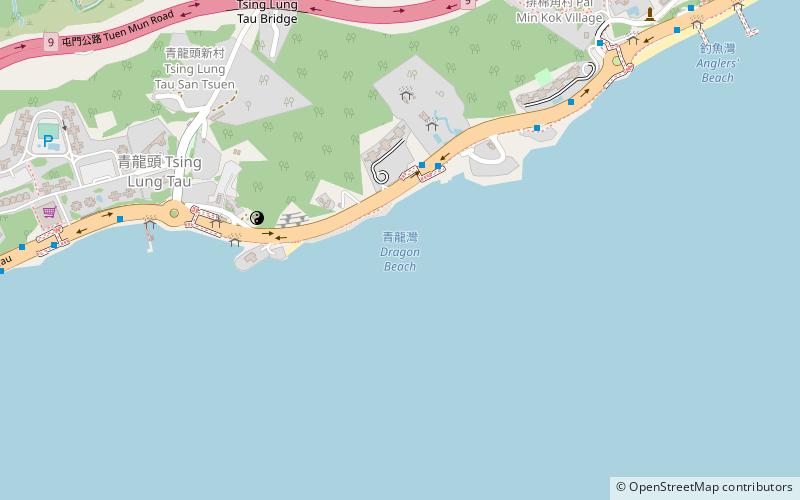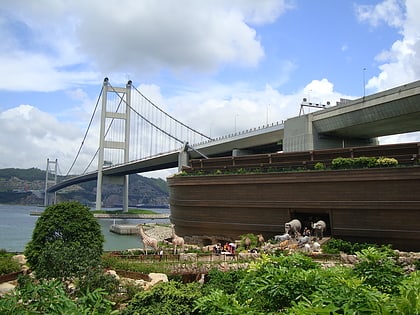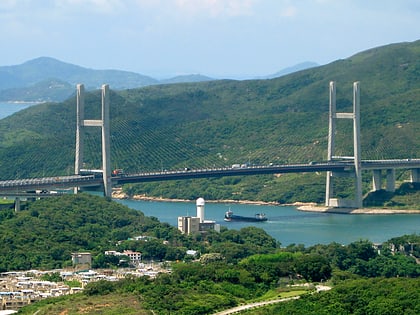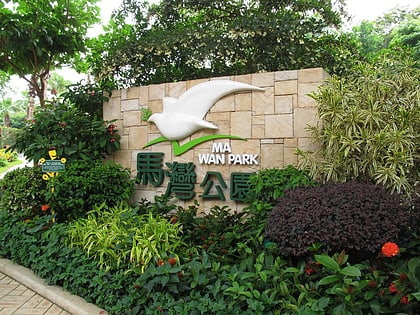Hong Kong Dragon Garden

Facts and practical information
Nestled in the verdant hills of Tsuen Wan, Hong Kong, the Dragon Garden stands as a testament to traditional Chinese horticulture and architecture. This private garden, sprawling over eight hectares, was created in the 1950s by the late philanthropist Lee Iu Cheung, and is one of the largest existing private parks in Hong Kong.
Stepping into the Dragon Garden is like walking through a portal into an era bygone, with its classical pavilions, terraced landscapes, and an array of traditional sculptures. At the heart of the garden is a nine-turn bridge arching over a lotus pond, a feature emblematic of Chinese garden design, symbolizing the path to immortality and enlightenment.
The garden derives its name from the numerous dragon motifs found throughout the park, from the dragon-shaped hedges to the dragon-adorned walls, paying homage to the mythical creature revered in Chinese culture.
Not merely an oasis of beauty, the Dragon Garden is a cultural relic, showcasing the rich legacy of Chinese landscaping. It features a variety of rare plant species and offers a sanctuary for local wildlife, contributing to Hong Kong's biodiversity.
The Dragon Garden is not only a place of tranquility and natural beauty but also a venue for cultural and educational activities, aiming to promote the understanding and appreciation of traditional Chinese garden art.
Despite its cultural significance, Dragon Garden faces challenges. It is not permanently open to the public due to its private ownership status, and conservation efforts are ongoing to preserve this unique historic site for future generations.
Tsuen Wan
Hong Kong Dragon Garden – popular in the area (distance from the attraction)
Nearby attractions include: Noah's Ark, Lantau Link, Kap Shui Mun Bridge, Ma Wan Park.










